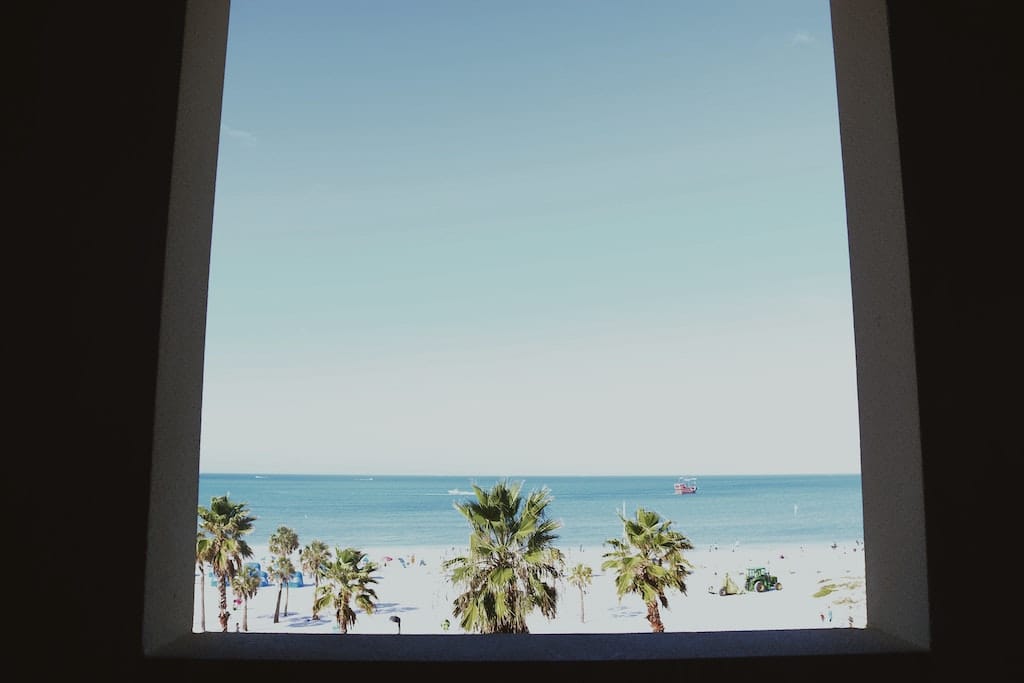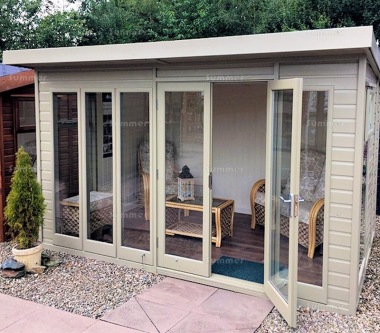All Categories
Featured
Table of Contents
Double Glazed Windows Melbourne - Upvc - German ... in Yanchep Perth
Laminated glass is typically used in locations in the home most vulnerable to injury from human effect such as restrooms, doors, around staircases and in areas close to the floor (it satisfies the requirements of 'shatterproof glass' that is mandated for usage in these areas by Australian Standard AS 1288 Glass in buildings).
Toughened glass has actually been 'tempered' by being reheated and rapidly cooled once again. This procedure makes it much more powerful than basic glass it can resist greater impact loads before breaking. It also makes it much safer because, when it does shatter, it gets into lots of small cubic pieces instead of dangerous shards.
Double Glazed Windows – Their Amazing Benefits For ... in Darlington Western Australia
Toughened glass has no thermal or acoustic benefits over other glass of the same toning or density. Secondary glazing is where single-glazed windows are retrofitted with a transparent acrylic or glass sheet connected to the within of the frame or openable sash with a secondary frame or with magnetic strips.


Secondary glazing will not carry out as well thermally as a produced IGU, given that it is impossible to completely seal the perimeter, but it can offer great sound control. Window movies are a thin polymer film containing a taking in dye or reflective metal layer, with an adhesive support. They stick to your glazing to change its colour or make it reflective.
Glazing in Hamersley Western Australia
Applied to existing glass, some window films can halve the overall SHGC of the window by taking in and/or showing solar radiation. This can be especially advantageous in hotter climates where cooling is the primary concern, or on east and west elevations directly exposed to long periods of sunshine. However, window films might also reduce visible light transmittance.

For this factor, it is typically best to utilize a recognized installer of window movie. Frames have a significant influence on the thermal efficiency of windows and doors, since energy can be gained and lost through the frame, along with through the glass. Various types of frame will enable different levels of heat gain and loss, so mindful option of frame is essential for reliable passive design.
Double Glazed Windows – Their Amazing Benefits For ... in Manning WA
Aluminium is likewise a very great conductor of heat and will reduce the insulating value of a glazing unit, unless specifically engineered to decrease this. A 'thermally broken' frame is made up of 2 aluminium areas connected by a structural insulator (typically a low-conductivity structural polymer). This 'breaks' the thermal connection through the aluminium and decreases the heat streaming through the frame.
They can be expensive, however costs are decreasing as they end up being more typical. Wood frames are a good natural insulator that can suit some house styles. Timber frames should be made from species that have naturally high toughness or be dealt with to avoid decay and deformation. Check that the timber is sourced from a sustainably handled forest.
What Are The Advantages Of Double Glazed Windows? in Como WA
(weather removing) is installed.
u, PVC doors and windows have outstanding thermal efficiency Image: Ben Wrigley (Light Home Architecture and Science) Composite frames utilize aluminium profiles on the outer areas with either a timber or u, PVC inner area. These integrate the low maintenance and toughness of aluminium with much enhanced thermal performance.
Table of Contents
Latest Posts
The Surprising Benefits Of Double Glazing In The Summer ... in Dalkeith Western Australia
Why Install Stunning Double Glazing Windows During Summer? in Glendalough WA
Double Glazing Windows in Osborne Park Perth
More
Latest Posts
The Surprising Benefits Of Double Glazing In The Summer ... in Dalkeith Western Australia
Why Install Stunning Double Glazing Windows During Summer? in Glendalough WA
Double Glazing Windows in Osborne Park Perth